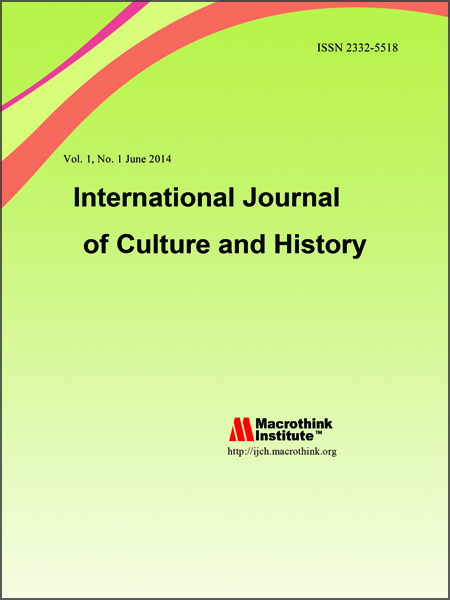Semiotic Analysis of The Labuh Saji Tradicional Ceremony In Palabuhanratu Sukabumi, West Java
DOI:
https://doi.org/10.5296/ijch.v9i1.19422Abstract
Every community has its own distinct cultural characteristics. In a limited sense, it is frequently viewed as a custom or tradition, and is frequently demonstrated by traditional ceremonies. One such town is Palabuhanratu Sukabumi in West Java, which is noted for its small town atmosphere, attractive tourist sites, and a strong culture and customs. The Labuh Saji traditional ceremony is regarded as part of the local community's tradition.
The purpose of this research is to investigate and analyze the semiotic meaning of the Labuh Saji Traditional Ceremony in Palabuhanratu Sukabumi, West Java. The research method used was interpretive qualitative research, and in this study, semiotic research methods, specifically analytical methods, were used to evaluate the signs and meanings included in the object under investigation, which is the Labuh Saji Traditional Ceremony in Palabuhanratu.
According to the discussion, the Labuh Saji Traditional Ceremony in Palabuhanratu has a profound meaning, including the myths of the community that developed in Palabuhanratu, by carrying out the entire procession of the Labuh Saji traditional ceremony, which was shown to Almighty God and Nyi Mayang Sagara and is believed to avoid catastrophe, calamity, and disaster. However, the surrounding community had changed a number of the offerings made during this traditional ceremony. However, many rituals and offerings continue to be practiced in accordance with established customs.

